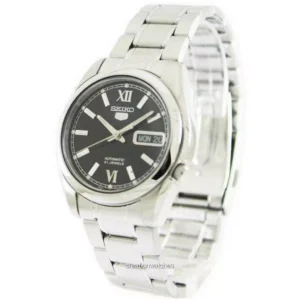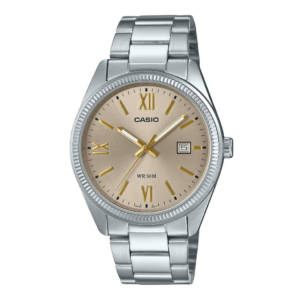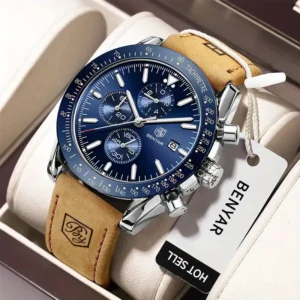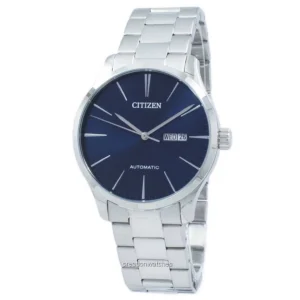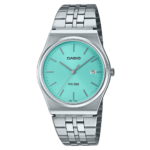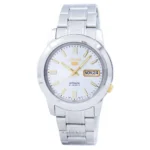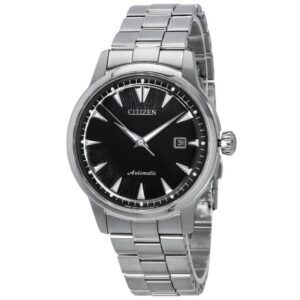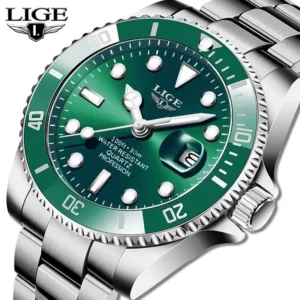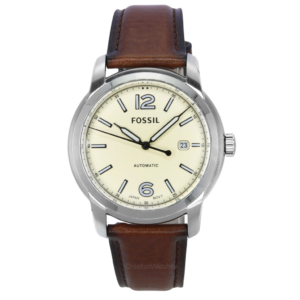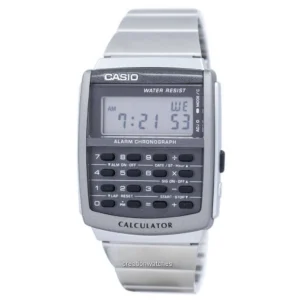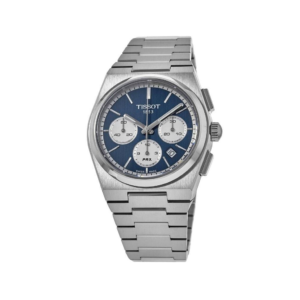
Solar watch for outdoor adventures
 Sale! Select options
This product has multiple variants. The options may be chosen on the product page
Sale! Select options
This product has multiple variants. The options may be chosen on the product page  Sale! Select options
This product has multiple variants. The options may be chosen on the product page
Sale! Select options
This product has multiple variants. The options may be chosen on the product page  Sale! Select options
This product has multiple variants. The options may be chosen on the product page
Sale! Select options
This product has multiple variants. The options may be chosen on the product page
Introduction
A sundial is an ancient and fascinating instrument that uses the sun's position in the sky to indicate the time of day. It's a simple and effective tool that can be very useful for those who enjoy outdoor adventures. In this glossary, we'll explore the different types of sundials, how to use them correctly, and their advantages for outdoor activities.
What is a sundial?
A sundial is a device that uses the shadow cast by an object called a gnomon to indicate the time of day based on the sun's position in the sky. There are several types of sundials, from the simplest, such as garden clocks, to the most complex, such as tower clocks.
Types of solar watches
There are different types of sundials, each with its own characteristics and features. Some of the most common include pedestal clocks, wall clocks, and portable clocks. Each type of sundial has its own advantages and disadvantages, depending on its intended use.
How does a sundial work?
A sundial's operation is based on the sun's position in the sky and the shadow cast by the gnomon. The gnomon is a vertical object that casts a shadow on the clock face, indicating the time of day. As the sun moves across the sky, the gnomon's shadow shifts across the dial, allowing you to keep track of the time.
Benefits of using a solar watch
Solar clocks have several advantages over traditional clocks. They don't require batteries or electricity to operate, are environmentally friendly, and can be an interesting decorative piece in your garden or outdoor area. Additionally, solar clocks are a great way to reconnect with nature and better understand the sun's movement across the sky.
How to use a sundial
To use a sundial correctly, it's important to place it in a sunny location where the gnomon's shadow is clearly visible. It's important to adjust the sundial according to the season and latitude to ensure accurate timekeeping. It's also important to remember that sundials are most accurate on sunny days and may not work properly on cloudy days.
Care and maintenance
To ensure the proper functioning of a solar clock, it's important to perform regular maintenance, such as cleaning the dial and gnomon, making seasonal adjustments, and checking the accuracy of the time. It's also important to protect the clock from damage caused by the elements, such as rain, wind, and intense sunlight.
Interesting facts about solar clocks
Sundials have a long history and were used by various ancient civilizations, such as the Egyptians, Greeks, and Romans. They were also used in maritime navigation and astronomical studies. Furthermore, sundials come in a variety of shapes and styles, from the most traditional to the most modern and innovative.
Conclusion
In short, sundials are a fascinating and practical way to track the time of day using the sun's position in the sky. They're a great option for outdoor adventurers, as they don't require electricity or batteries to operate and can be an interesting decorative piece in your garden or outdoor area. Try using a sundial on your next outdoor activity and discover the magic of measuring time with the sun.
 Sale!145,60 € – 194,82 €Price range: 145,60 € through 194,82 €Select options This product has multiple variants. The options may be chosen on the product page
Sale!145,60 € – 194,82 €Price range: 145,60 € through 194,82 €Select options This product has multiple variants. The options may be chosen on the product page Sale!214,50 € – 280,15 €Price range: 214,50 € through 280,15 €Select options This product has multiple variants. The options may be chosen on the product page
Sale!214,50 € – 280,15 €Price range: 214,50 € through 280,15 €Select options This product has multiple variants. The options may be chosen on the product page Sale!40,30 € – 64,41 €Price range: 40,30 € through 64,41 €Select options This product has multiple variants. The options may be chosen on the product page
Sale!40,30 € – 64,41 €Price range: 40,30 € through 64,41 €Select options This product has multiple variants. The options may be chosen on the product page Sale!159,90 € – 212,53 €Price range: 159,90 € through 212,53 €Select options This product has multiple variants. The options may be chosen on the product page
Sale!159,90 € – 212,53 €Price range: 159,90 € through 212,53 €Select options This product has multiple variants. The options may be chosen on the product page
Don't miss any important news. Subscribe to our newsletter
Related News

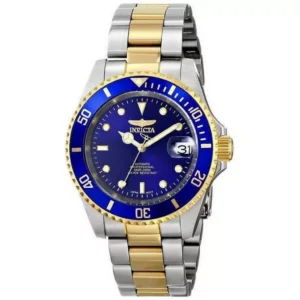
Coimbra Watchmakers

Bragança Watchmakers
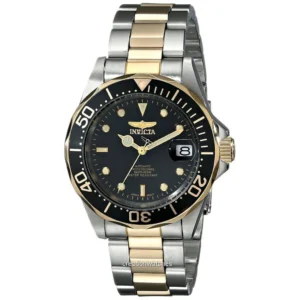
Braga Watchmakers

Portalegre Watchmaker

Leiria Watchmakers

Castelo Branco Watchmakers
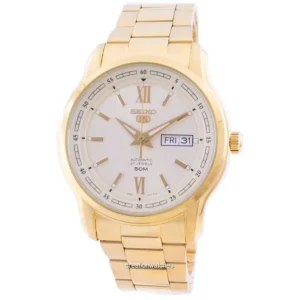
Beja Watchmakers

Santarém Watchmaker

Watchmaker Torres Vedras
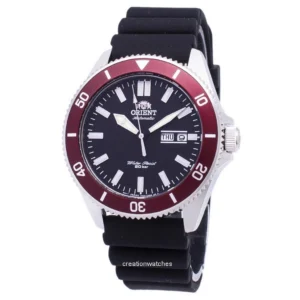
Setúbal Watchmakers
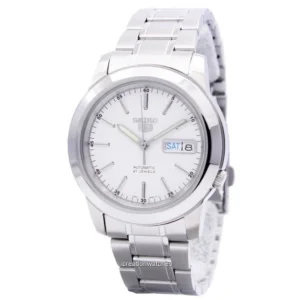
Aveiro Watchmakers
Categories:
The Best Watches for Men and Women, the Best Prices, Quality and Reliability
Featured Articles
Receive News
 Rated 0 out of 5Sale!301,60 € – 388,02 €Price range: 301,60 € through 388,02 €Select options This product has multiple variants. The options may be chosen on the product page
Rated 0 out of 5Sale!301,60 € – 388,02 €Price range: 301,60 € through 388,02 €Select options This product has multiple variants. The options may be chosen on the product page Rated 0 out of 538,50 €Select options This product has multiple variants. The options may be chosen on the product page
Rated 0 out of 538,50 €Select options This product has multiple variants. The options may be chosen on the product page Rated 0 out of 5Sale!215,80 € – 281,76 €Price range: 215,80 € through 281,76 €Select options This product has multiple variants. The options may be chosen on the product page
Rated 0 out of 5Sale!215,80 € – 281,76 €Price range: 215,80 € through 281,76 €Select options This product has multiple variants. The options may be chosen on the product page Rated 0 out of 5Sale!149,50 € – 199,65 €Price range: 149,50 € through 199,65 €Select options This product has multiple variants. The options may be chosen on the product page
Rated 0 out of 5Sale!149,50 € – 199,65 €Price range: 149,50 € through 199,65 €Select options This product has multiple variants. The options may be chosen on the product page Rated 4.92 out of 5 based on 24 customer ratingsSale!41,60 € – 66,02 €Price range: 41,60 € through 66,02 €Select options This product has multiple variants. The options may be chosen on the product page
Rated 4.92 out of 5 based on 24 customer ratingsSale!41,60 € – 66,02 €Price range: 41,60 € through 66,02 €Select options This product has multiple variants. The options may be chosen on the product page Rated 0 out of 5Sale!2996,00 € – 3474,88 €Price range: 2996,00 € through 3474,88 €Select options This product has multiple variants. The options may be chosen on the product page
Rated 0 out of 5Sale!2996,00 € – 3474,88 €Price range: 2996,00 € through 3474,88 €Select options This product has multiple variants. The options may be chosen on the product page

